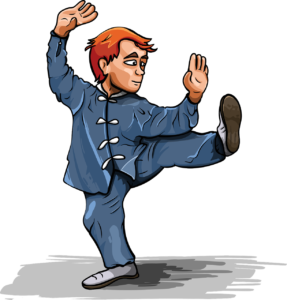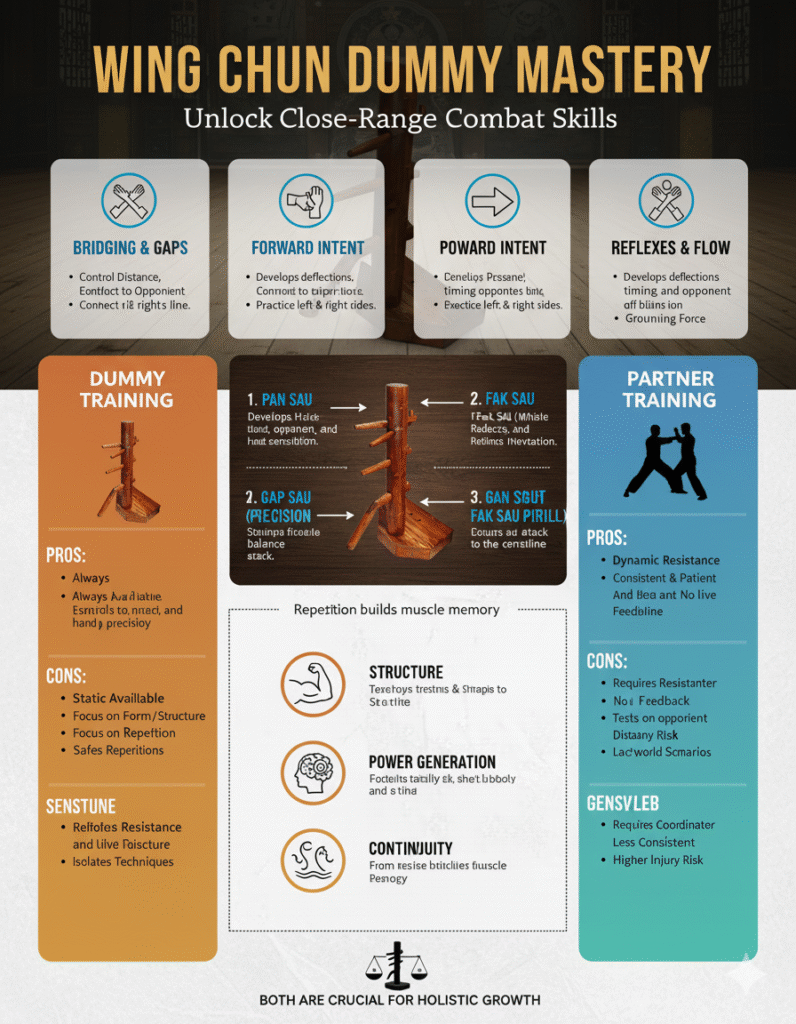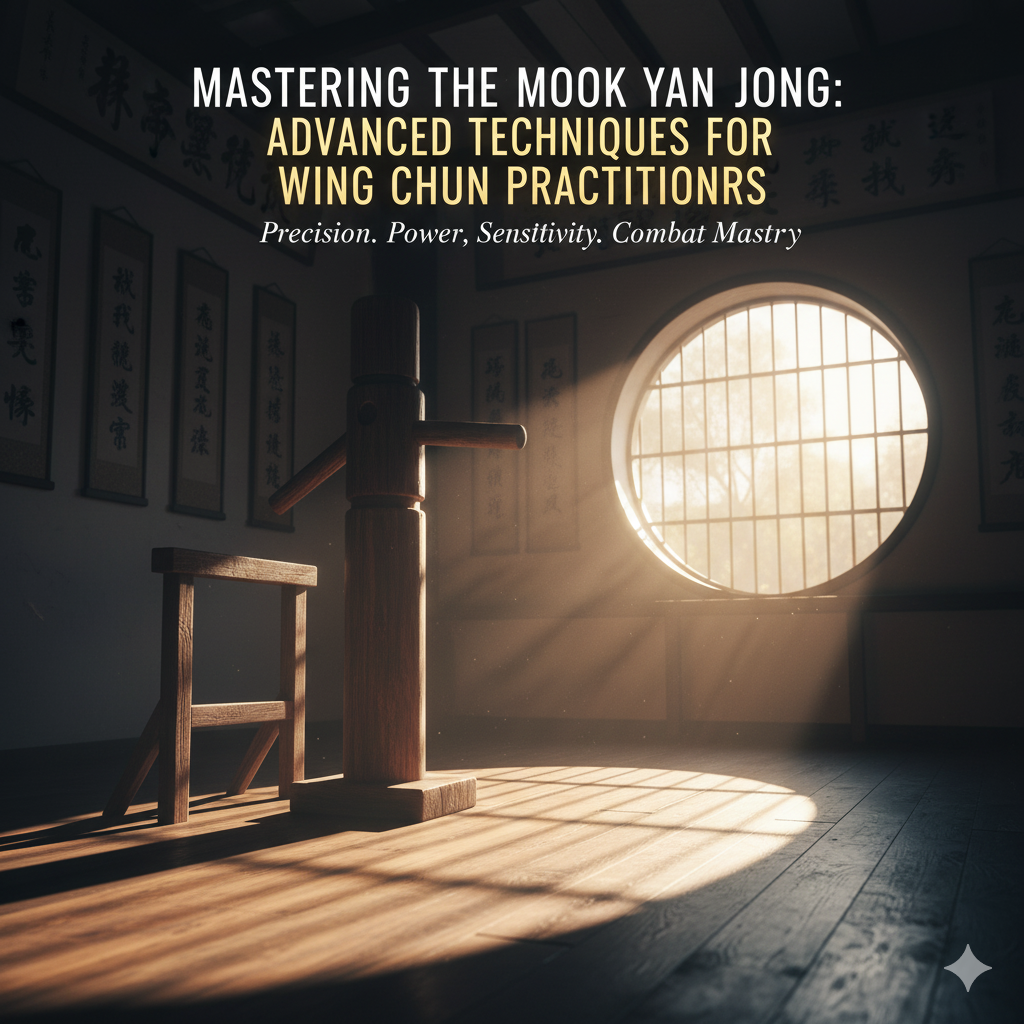Wing Chun, the ancient Chinese martial art form, is known for its efficient and practical techniques.
While training with a wooden dummy is a traditional and effective way to practice Wing Chun, not everyone has access to one.
But fear not!
In this blog post, we will explore some creative ways for practicing Wing Chun without a dummy, allowing you to enhance your skills and channel your inner martial artist.
1. Shadow Boxing
Shadow boxing is a fantastic way to practice Wing Chun techniques without the need for any equipment.

Find a clear space, imagine an opponent in front of you, and start throwing punches and executing blocks.
Focus on your footwork, body positioning, and the fluidity of your movements.
This exercise will not only improve your technique but also help you develop speed, precision, and coordination.
2. Partner Drills
Training with a partner is an excellent way to simulate real combat situations.
Find a fellow Wing Chun enthusiast and practice various drills together.

Start with simple exercises like Chi Sao (sticky hands) and progress to more advanced techniques.
Remember to communicate with your partner and maintain a safe and controlled environment. Partner drills will not only improve your reflexes but also enhance your timing and sensitivity.
3. Wall Bag Training
A wall bag is a versatile training tool that can be used to simulate the impact of striking a wooden dummy.
Hang a wall bag securely and practice your punches, strikes, and kicks against it.
Focus on generating power from your core and maintaining proper technique. This training will help you develop strength, endurance, and accuracy in your strikes.
4. Solo Drills
There are numerous solo drills that you can practice to enhance your Wing Chun skills.
One such drill is the chain punching drill. Stand in a Wing Chun stance and execute rapid and continuous punches, focusing on maintaining a relaxed and flowing motion.
Another effective solo drill is the wooden dummy form, which can be performed without an actual dummy. Visualize the movements and execute them with precision and control.
5. Video Analysis
Record yourself practicing Wing Chun techniques and analyze the footage.
Pay attention to your body mechanics, footwork, and overall form.
Compare your movements to those of experienced practitioners and identify areas for improvement.
Video analysis is a valuable tool that allows you to refine your technique and make necessary adjustments.
Conclusion
While training with a wooden dummy is undoubtedly beneficial, it is not the only way to practice and improve your Wing Chun skills.
By incorporating shadow boxing, partner drills, wall bag training, solo drills, and video analysis into your training routine, you can continue to progress as a Wing Chun practitioner.
Remember, the key is consistency and dedication.
So, unleash your inner martial artist and embrace the art of Wing Chun, even practicing wing Chun without a dummy!



